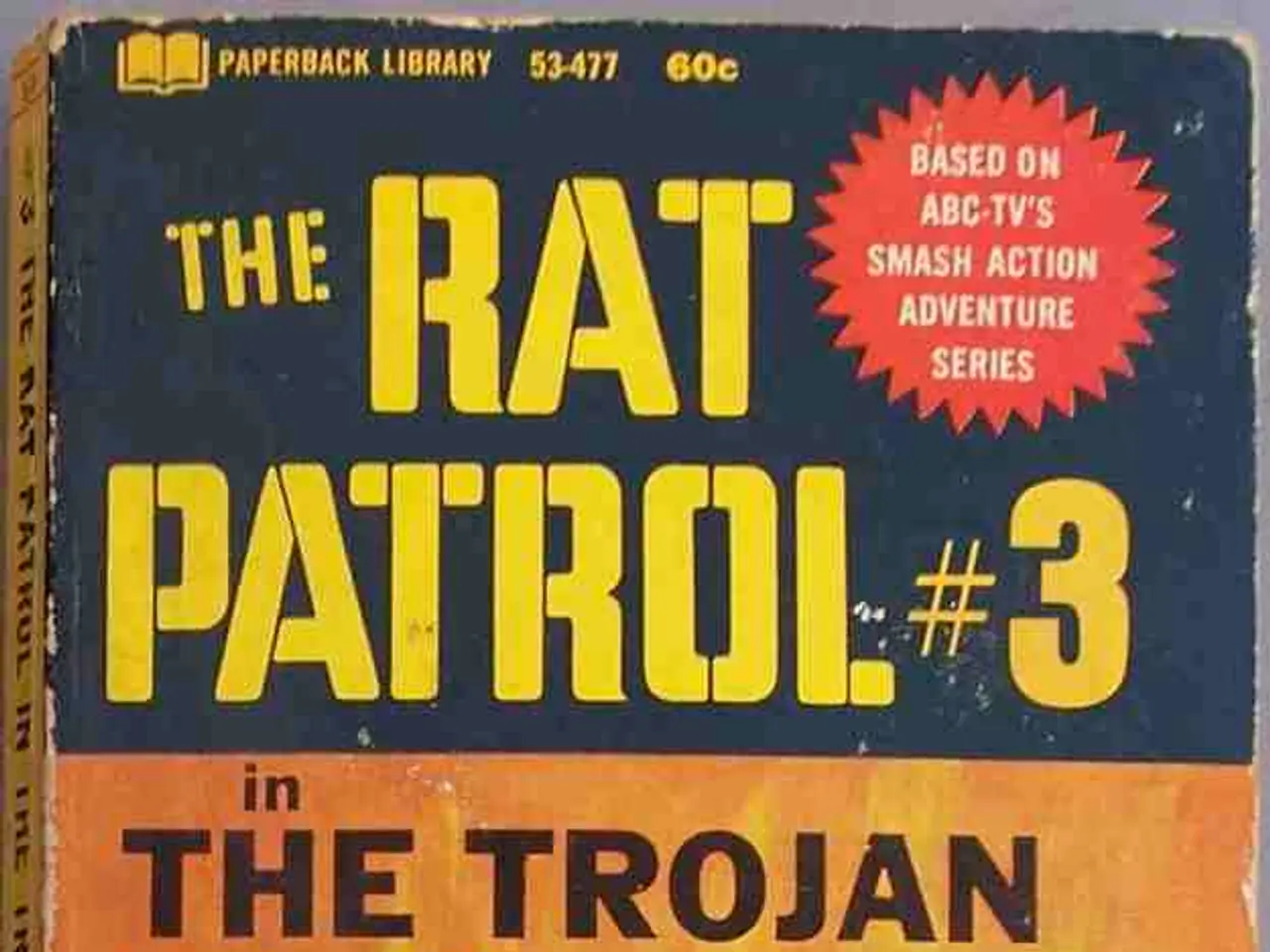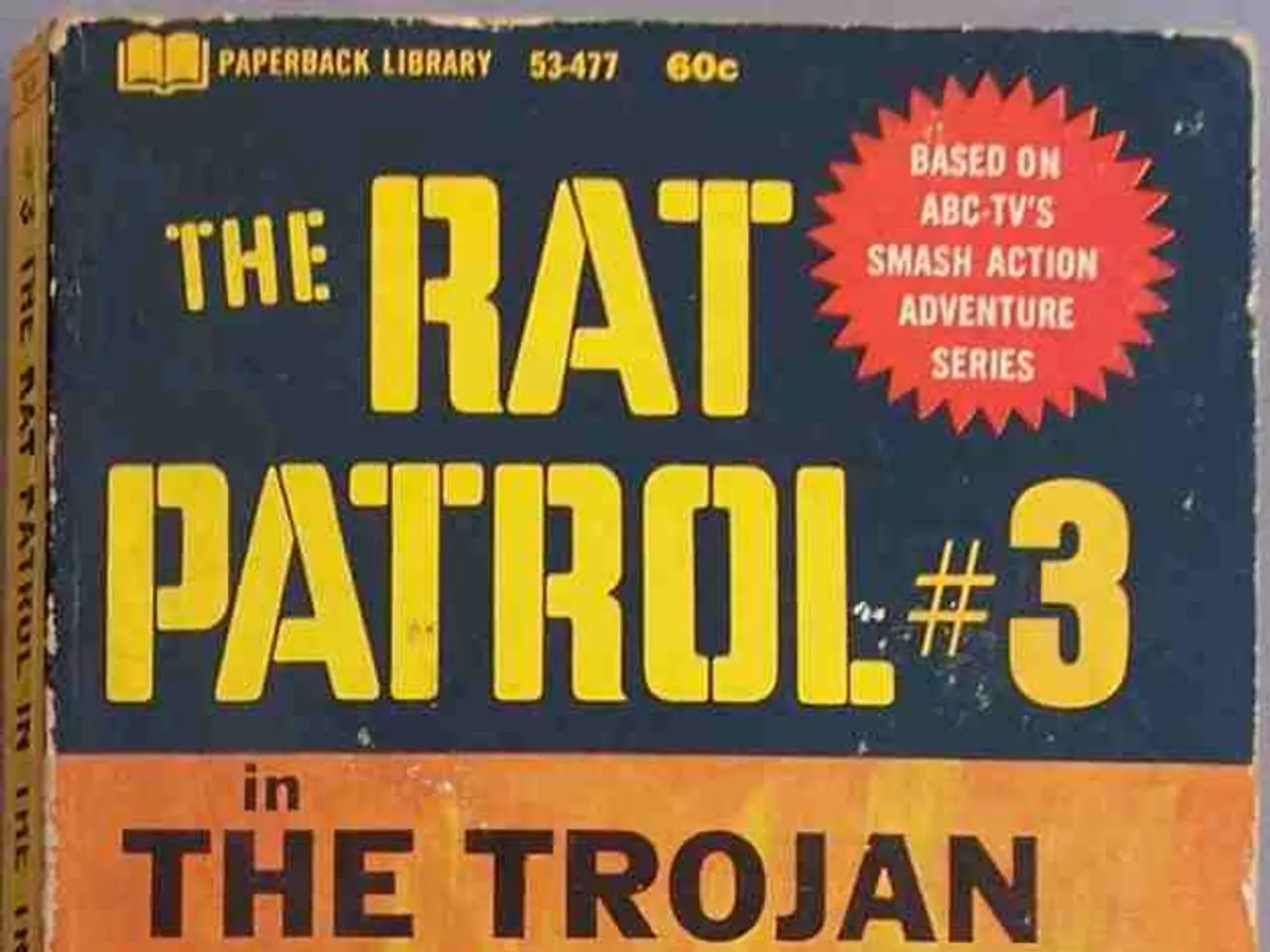World War II bomb disarmament initiative begins in Dresden - Disarming of the World War I explosive device commences in Dresden
British WWII Bomb Discovery Prompts Mass Evacuation in Dresden
A 550-pound British-made World War II bomb was discovered near Dresden's Carola Bridge in early August 2025, necessitating the evacuation of approximately 17,000 residents within a 1,000-meter radius. The bomb was uncovered during clearance work following the bridge's partial collapse in September 2024.
This incident highlights a broader historical reality in Germany, where unexploded WWII munitions are still regularly unearthed, particularly in major cities that experienced Allied bombing campaigns during the war. Recently, Cologne saw a similar situation, with 20,000 people evacuated in June 2025 after multiple bombs were found.
The sudden evacuation often takes place in the early morning hours, leading to temporary displacement and coordination challenges for emergency services, police deployment, and public infrastructure access. In Dresden, about 330 police officers were involved in securing the evacuation zone, and emergency services carefully controlled the restricted area until the bomb was safely defused.
The bomb's discovery has caused disruptions to local services. Roads and restricted zones around the bomb site are closed, construction and public works are delayed or halted, and residents and businesses are temporarily evacuated, affecting everyday activities. The damaged Carola Bridge is scheduled for demolition by October 2025, following the successful neutralization of the bomb.
This ongoing discovery of WWII bombs in Dresden and other German cities serves as a reminder of the long-term legacy of the war's bombing campaigns, with ongoing implications for urban safety, emergency preparedness, and civilian life, even decades after the conflict ended.
Key facts:
- Bomb weight: Approximately 250 kilograms
- Origin: British-made, WWII-era
- Location found: Near Carola Bridge, Dresden
- Evacuation radius: ~1,000 meters
- People evacuated: ~17,000
- Police involvement: ~330 officers
- Date of discovery: Early August 2025
- Defusal: Successfully defused on-site
- Impact on infrastructure: Bridge scheduled for demolition (post-defusal)
- Historical context: Frequent discoveries of unexploded WWII bombs in Germany due to extensive wartime bombing
This situation is not unique; such discoveries happen with some frequency, underscoring the persistent risks posed by leftover WWII munitions in Germany's urban areas. The first bomb discovery at the Carola Bridge in January required a similarly large evacuation, and the police are currently defusing a bomb discovered at the same location, which was the site of three previous bomb discoveries this year.
Vocational training programs in the community could be used to equip workers with needed skills for managing and disarming unexploded WWII munitions, reducing the reliance on specialized military experts during evacuation events like the one in Dresden. In light of the frequent discoveries of such bombs, particularly in major cities like Dresden, increased local preparedness and general-news coverage of the issue could contribute to a more proactive response to this ongoing historical challenge.








